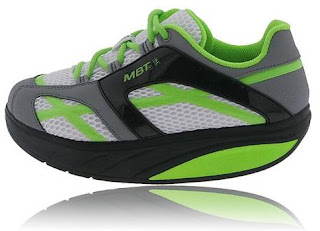Photo Courtesy of Olga Zapisek
St. John’s University has always prided itself in making its students and faculty feel like part of an intimate community. However, despite the university’s best efforts through student organizations and events, a piece of the puzzle was still missing. Now in time for the holidays, St. John’s University has unveiled for its students a present like no other-the much anticipated student university center.
For a year and a half, construction has been building expectations amongst the St. John’s community of what the new building would look like inside and out. And though the place is still full of construction workers as they complete their work to the last knot and bolt, it is also no stranger to students.
The D’Angelo Center officially opened its doors on December 7, after a ribbon cutting ceremony, coinciding with the University’s Winter Carnival at which food and drinks from the new dining additions could first be tasted.
According to Rev. Harrington C.M., the new building is just what the university needed to make the student body feel at home during their leisure and study time.
“Now we have two places where our community gathers. We have St. Thomas More Church where we gather as a community of faith, and we have the D’Angelo Center, where we gather as a community of learning and a community that shares life together,” Rev. Harrington, C.M told St. John’s University.
But what exactly does this modern, 5-story, $77 million brick-and-stone building hold? To put it simply: a whole lot of wonders.
Equipped with 14 state of the art classrooms, 6 seminar rooms, and various dining banquets, the D’Angelo Center is sure to be a breather for students from the overly crowded Marillac Cafeteria.
“I have stopped going to Marillac Cafeteria, unless it is to grab a quick snack on the go. I can’t stand the noise coming from this overcrowded place. I can’t even hear my own thoughts there. Studying is just out of the question,” Pharmacy Student, Kimberly Wang, said.
To even out dining areas and ease student complaints, the student university center is featuring a variety of healthy cuisines from different parts of the world. For instance, the food court is home to the Chop’d Fork Friendly Salads and Au Bon Pain Soups, as well as Pia Dori Flatbread Co. featuring Certified Halal meat and poultry products. In addition, the building holds a Starbucks Café and the Campus Activities Coffeehouse at which three new video game consoles (X-box 360, Playstation 3, and Wii) are held for students’ entertainment.
Yet the revealing does not end there.
Aside from having bountiful dining places, students can also enjoy recreational time with their peers thanks to a game room with two pool tables, two air hockey tables, and one foosball table.
To boot, there are two places for quiet study time: The D’Angelo Living Room (equipped with its very own fireplace donated by the graduating class of 2009), and the Center for Student Engagement with its very own computers and student laptop plug-ins.
The new D’Angelo Center is also home to various student organizations such as the Yearbook committee and the university newspaper.
“We have only been in the new office for about a week. We have to share the new room with two other organizations, which is neat because I get to meet new people,” Torch Online News Editor, Jose Silva, said.
However, though the new university center does surpass its old predecessor by a long shot with new furniture and commodities, how exactly do students feel about this building and its services?
They couldn’t be happier.
“The building is beautiful and modern. I love the massive windows and high ceiling,” Senior, 21, Stephanie Sica, said. “I will definitely spend time on the couches and the Starbucks café.”
“The building looks nice and creative. It changes the whole campus look when I pass by that area,” sophomore, Farah Laskar, added. “I heard there is good food there, so I might go eat there during my breaks. I also might think about doing my homework there, but only if I see that it's a quiet area.”
As one semester ends and another begins, one question remains. Just how long will the students appreciate this space?
D'Angelo Center from Olga Z on Vimeo.





